This method uses the traditional yakhni method of making Pilau.
Yakhni literally means broth or soup in Urdu. In this method, we cook up a beautiful broth using the chicken, all the whole spices, garlic and onions. We will reserve this broth for later. We go on to frying some more onions (not the ones from the broth) in glorious ghee until they’re golden, before adding in the chicken from the broth until the chicken becomes golden in the ghee too. Then we’ll add the broth, and then the basmati rice and cook everything together until the rice is cooked through – dreamily soft, aromatic and oozing with flavour.
I’ll walk you through the basic method of how to cook yakhni Pilau – as always, the full recipe with all the ingredients will be at the bottom of the post.
We start simple – get your chicken, whole spices, whole garlic and onion in a deep pot, add water and let this simmer for 20 minutes over a low heat. If any dark coloured froth comes to the top, skim it off.
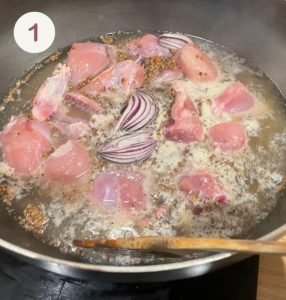
Next, you want to strain the broth through a colander and reserve the liquid. The easiest way to do this is to place a large bowl under a colander, and then run the broth through that. You’ll end up with a mound of whole spices and chicken in the colander (as pictured) – set aside the chicken and feel free to dispose of the whole spices or reuse them for something else if you so wish.
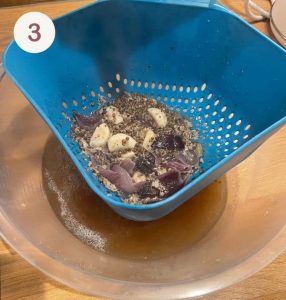
Now separately, we are going to get some ghee in a wider pan and add in some sliced onions to fry until they’re a golden brown. Please note, these onions are NOT the ones from the broth!
Once the onions are gold, add in the chicken we reserved from our broth earlier. You want to fry this alongside the onions and ghee, until it is also takes on a golden hue.
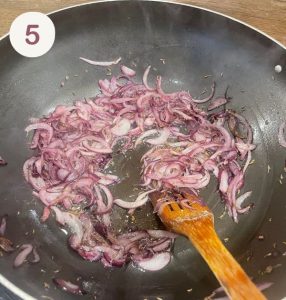
Once the chicken is looking a bit more coloured, we can add in the broth liquid from earlier. Once this comes to a rolling boil, add in the basmati rice. Cook this over a high heat, gently folding with a slotted spoon and scraping the bottom of the pan occasionally, until you can see that the water has mostly evaporated. A good rule of thumb is to get to a point where 95% of the water has evaporated and the rice grains look watery, but not floating in water. See Image 8 below for what you’re looking for.
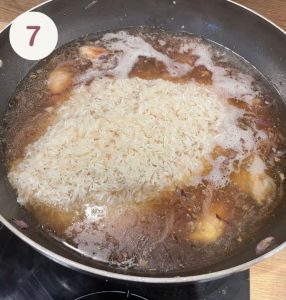
Once you get to the stage pictures in Image 8 above, you want to bring the heat down to as low as you can get it, cover the rice with a tight-fitting lid lined with either a clean dish cloth or foil, and allow the rice to steam like this for 15-20 minutes.
Some people like placing a flat pan (tawa) under the pot to prevent the bottom layer of rice from burning, but I don’t think this is necessary if your heat is super low (controversial opinion alert). If you have a recurring issue with rice burning, or a stove with uneven heat, definitely do place a flat pan under your pot as it steams.
Once the rice has steamed, open it up, bask in the beautiful aroma of your creation, and then fluff the rice grains up gently using a slotted spoon, fork, or a very small side plate. Please do not stir the rice, handle it with a hard hand or use a clunky spoon to deal with it – it breaks the rice grains!
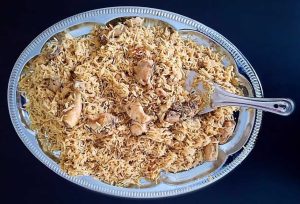

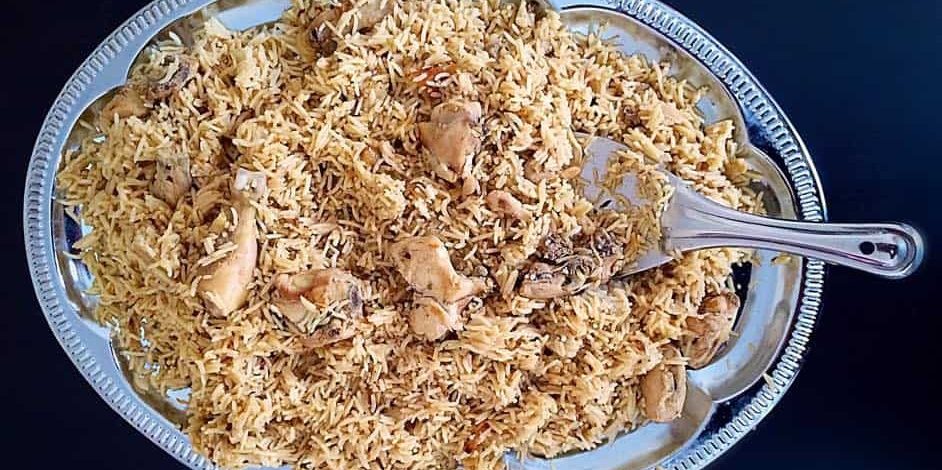
0 Replies to “Pakistani Chicken Pilau (Chicken Pulao Rice)”
Steven Rich, July 24, 2022
Gain is there anyone who loves or pursues or desires to obtain pain of itself, because occur in which toil and pain can procure him some great.
Rose Taylor, July 24, 2022
Ever undertakes laborious physical exercise, except to obtain some advantage from it? But who has any right to find fault.
William Cobus, July 24, 2022
Pain can procure him some great and gain is there anyone who loves or pursues or desires to obtain pain of itself, because occur in which toil.